Potensic Atom 2 review: more than just a beginner drone
Potensic’s new sub-250g Atom 2 brings big features at a low price

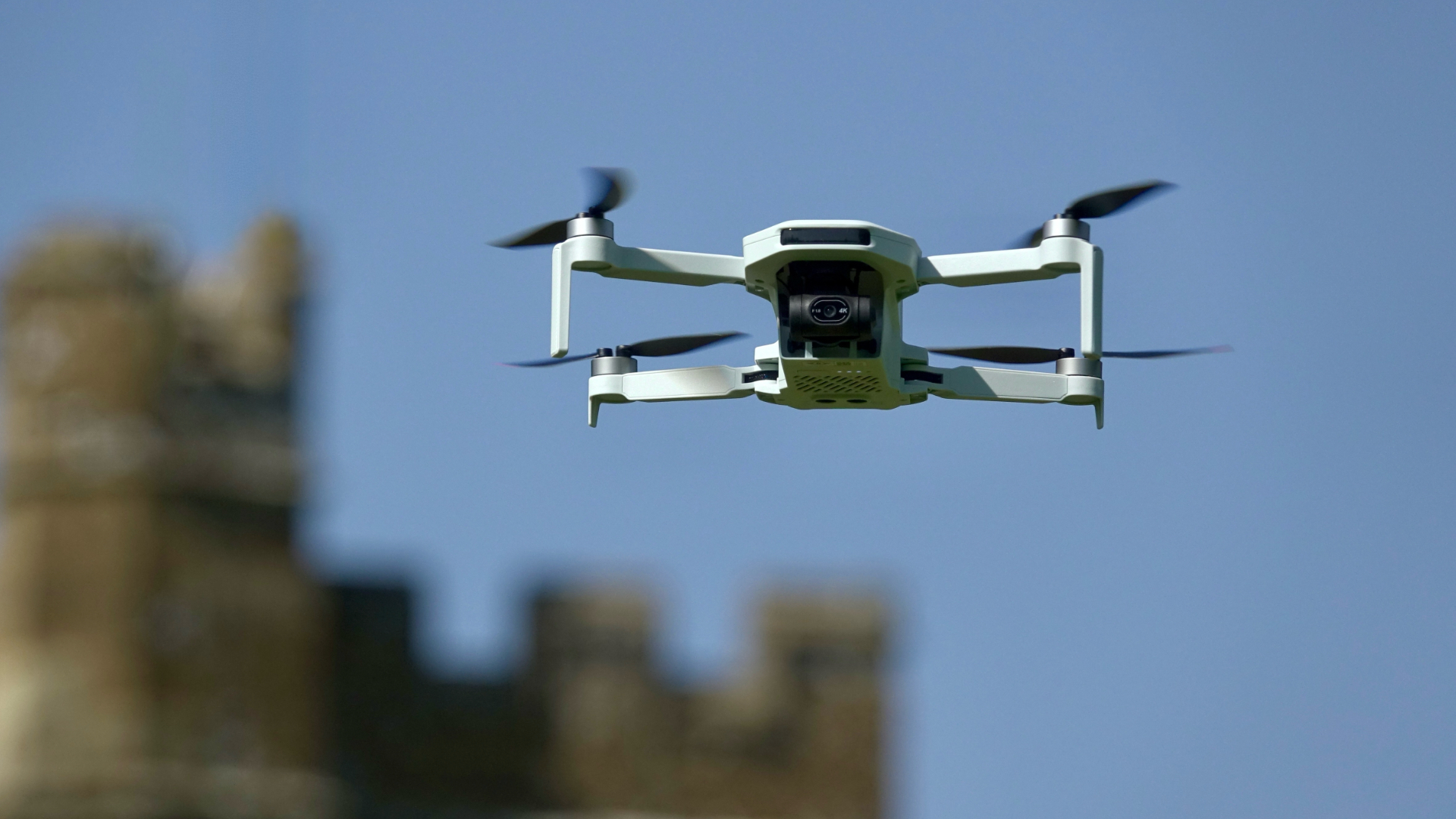
The Potensic Atom 2 is a lightweight, feature-filled drone that delivers surprisingly impressive 4K video, extremely stable flight and some smart shooting modes, making it a strong budget-friendly alternative to some models in DJI’s burgeoning roster.
-
+
Excellent flight performance
-
+
Very decent 4K video
-
+
Plenty of autonomous flight modes
-
+
Sub 250g
-
-
No obstacle avoidance
-
-
Bulky handcontroller
Why you can trust T3

If you're in the market for a lightweight and portable sub-250g drone packed with DJI-like features, the Potensic Atom 2 might just tickle your fancy.
While DJI continues to dominate the consumer drone space with its industry-leading models like the Mavic, Mini series, Neo, and Flip, Potensic – another Chinese drone company with a long history behind it – has been steadily carving out a niche by offering competitive alternatives at more accessible price points.
With its latest offering, the Atom 2, Potensic is upping its game with a compact, sub-250g drone that doesn't skimp on performance, detail and smart flight features. Potensic sent me its Fly More Combo, comprising the drone, hand controller, three batteries with a charging hub, 16 spare props and a very well-designed shoulder bag. It is, however, also available as a Standard Kit with just the drone, the controller, one battery and eight spare props.
Can this new upstart birdie challenge the class-leading drones from DJI and, perhaps more importantly, knock one of DJI’s sterling models off a perch in our guide to the best camera drones? On evidence of my first test flight, I believe it can. And that’s no mean feat.
Potensic Atom 2 review
Price and availability
If you live in the UK, head to the Potensic store where you can purchase the Atom 2 Fly More Combo for £399.99 or the Standard Kit for £299.99. Alternatively, try Amazon, Wex Photo Video or Park Cameras.
Stateside dwellers should head straight to the Potensic Store where the Standard Kit sells for $369.99 and the Fly More Combo for $495.99. Otherwise visit Amazon and snap up the Standard Kit for a reduced $329.99 and the Fly More Combo for just $449.99.
Specifications
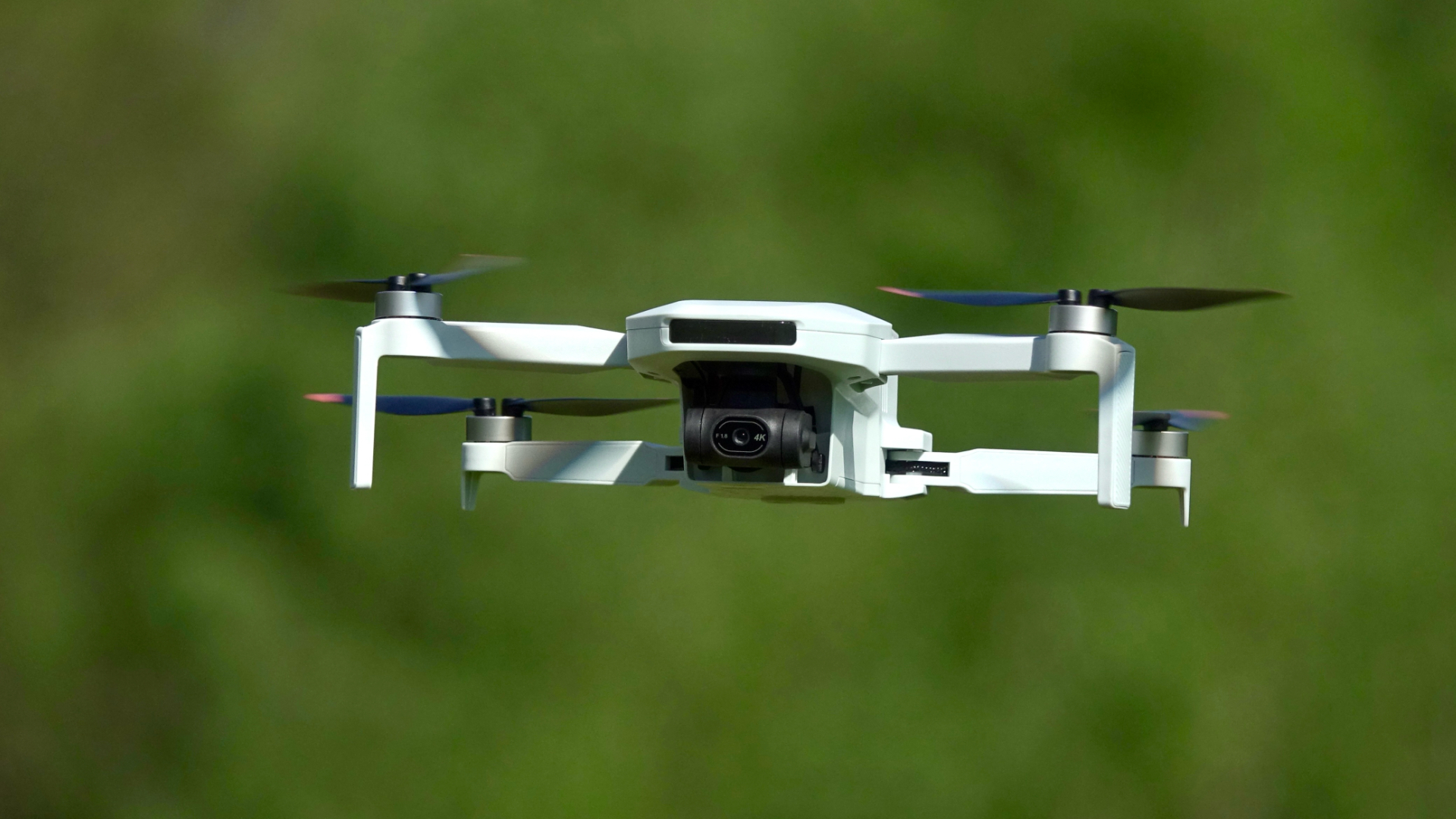
- Dimensions (L×W×H): 300×242×58 mm (unfolded), 88×143×58 mm (folded)
- Weight: 249 grams
- Battery life (flight time): approx. 32 mins
- Max transmission range: 10 km
- Max flight speed: 35mph / 58km/h
- Max Wind Speed Resistance: 38km/h (Level 5)
- Built-in GPS: Yes
- Intelligent flight modes: Yes
- Tracking: Yes – AI Visual Tracking
- Internal storage: No
- Sensor: 1/2-inch CMOS image sensor
- FOV: 79.4˚
- Max photo resolution: 48MP (JPG/RAW)
- Max video resolution: 4K (3840×2160) @ 30fps (horizontal shooting); 2.7K (2704X1520) @ 30fps; FHD: 1920x1080 @ up to 60fps
- Image stabilisation: 3-axis mechanical gimbal (tilt, roll, pan)
- Connectivity: WiFi / Bluetooth
Set up
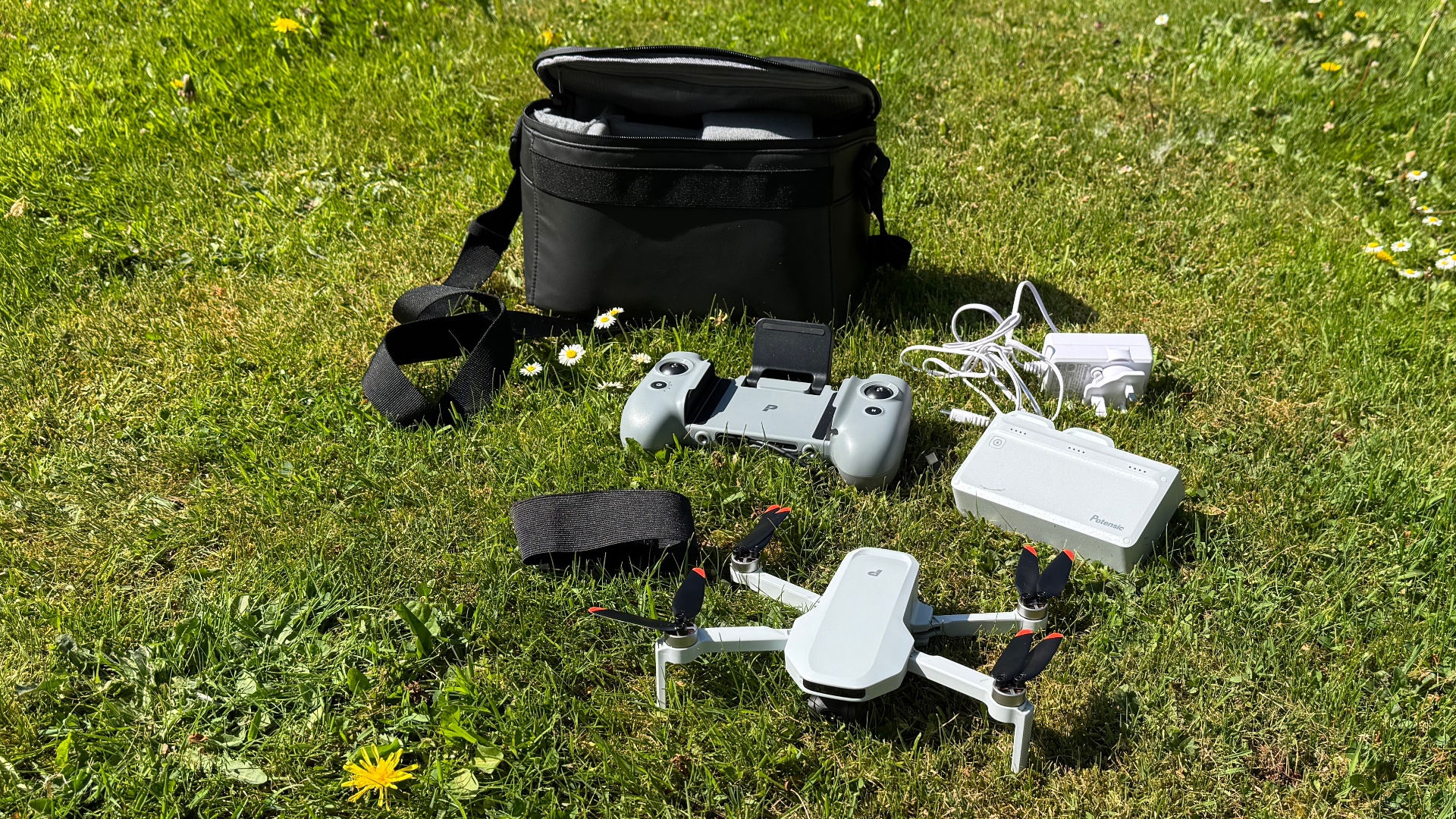
I’ve been finding a lot of similarities between the Atom 2 and DJI’s Mini series, and the setup process is one of them. In fact, the whole procedure of charging batteries, binding the drone to my email address, and downloading and activating its first firmware update was a breeze with no hiccups to report.
Get all the latest news, reviews, deals and buying guides on gorgeous tech, home and active products from the T3 experts
However, I would make sure that your phone, which clips into the hand controller, is properly connected with the included cable, especially if the phone is in a case where the access hole to the phone’s power input may be a bit too small for the cable connector to make proper purchase.
Design and build quality
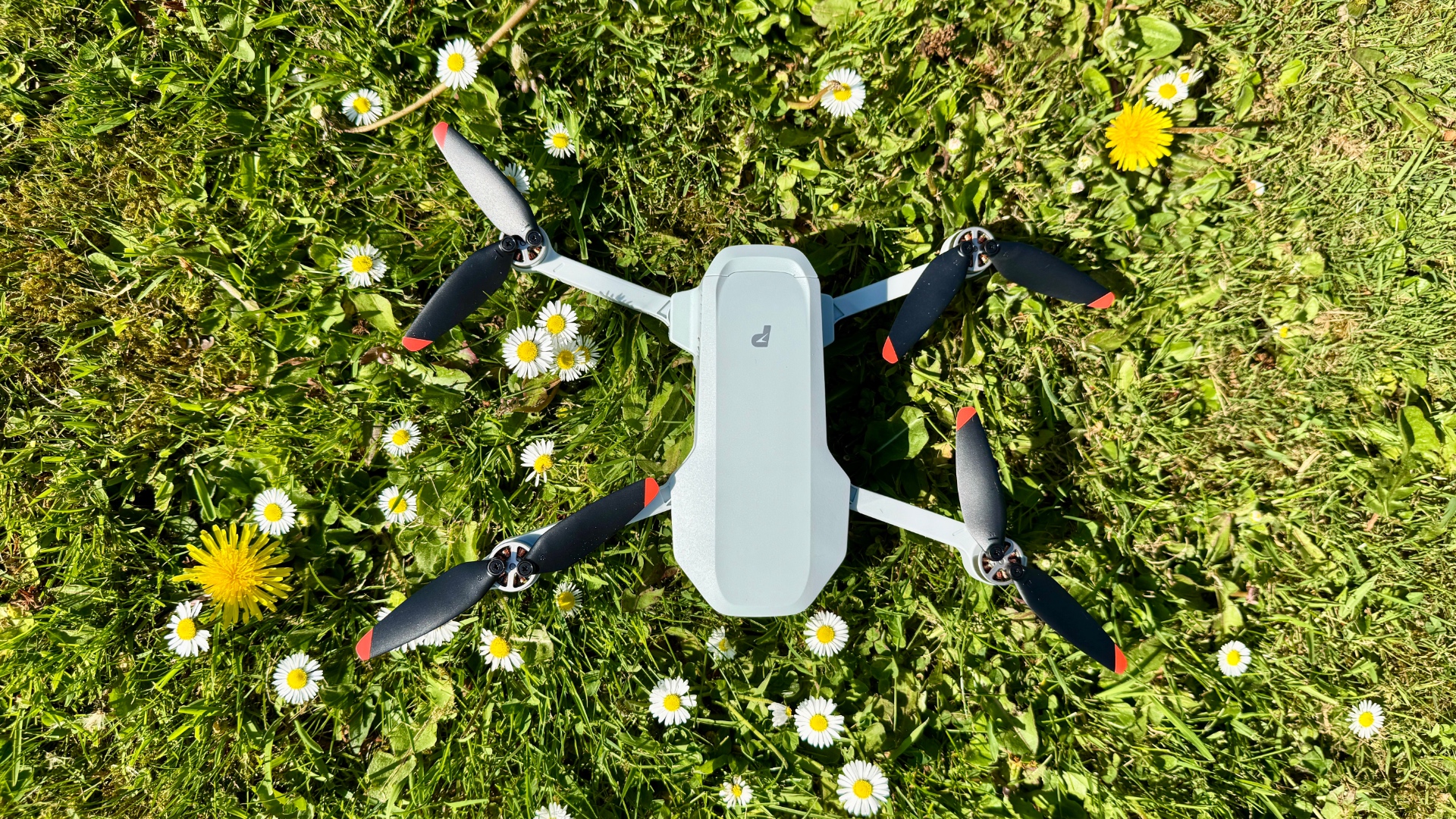
Hats off to the Potensic design team for fashioning up a very respectable sub-250g drone that, while very light in the hand and perhaps a little cheaper feeling than the DJI Mini series, is as good as one could expect for a drone at this keen price point.
At 88×143×58 mm when folded and 300×242×58 mm when unfolded, the Atom 2 is small and light enough to stuff into any backpack, shoulder bag or jacket pocket. It’s also quick and easy to set up and set down.
In fact, I’d say it’s marginally quicker than my DJI Mini 4 Pro, mostly because the closure that keeps it neat and tidy when folded is a simple stretched velcro strap as opposed to DJI’s one-way-only plastic strap, which always flummoxes me when I try to fit it back on.
The same goes for the Atom 2’s gimbal cover, which just clips on and off instead of DJI’s method, which requires the shrewd skills of a Krypton Factor finalist. Also, unlike the majority of DJI models, you can remove the battery from the Atom 2 for charging without having to unfold the prop arms first. Granted, these are all very small details, but they really matter when you’re moving from one shooting area to the next.
However, there is one feature that is unavailable on the Atom 2 – obstacle avoidance. So if you are a bit of a carefree flyer who likes to take risks and fly close to obstacles of any kind, this might not be the drone for you unless, of course, money’s no object. I personally have never needed to be bailed out by my DJI Mini 4 Pro’s obstacle avoidance system because I’m eyes-on the drone at all times and never take chances. But each to their own.
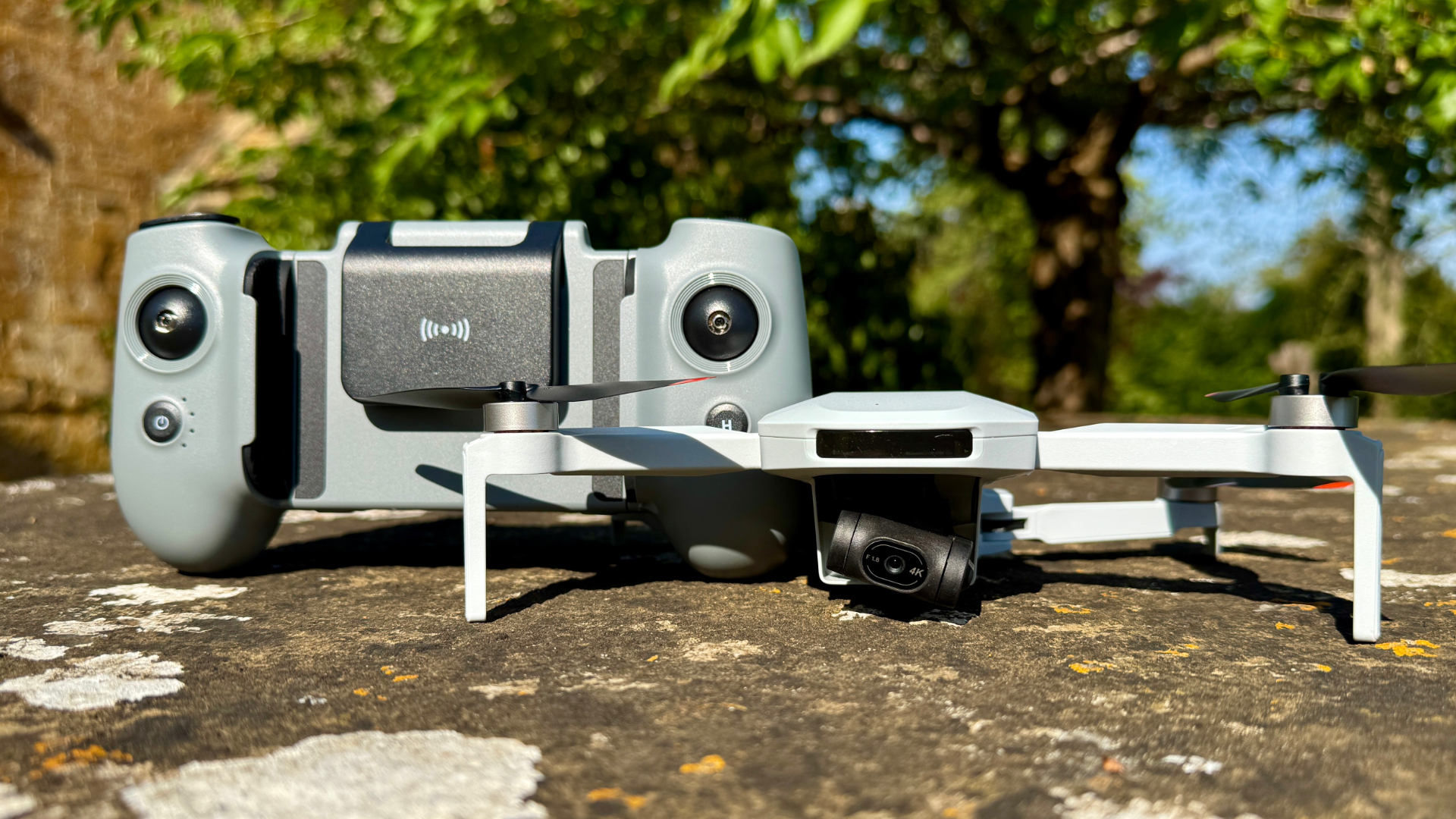
The Potensic Atom 2 ships with a chunky but comfortable hand controller with big, bulbous hand grips. Like so many drone remotes, this one is designed to be used with your phone so you can view the streamed images from the Atom 2’s front-mounted camera in crisp 1080p.
The hand controller includes essential controls such as a Return to Home button, a gimbal control wheel, a camera zoom wheel and a single button for taking video or photos, depending on which format you’ve selected in the Potensic Eve app.
However, the hand controller lacks a physical flight mode switch like those from DJI so users must utilise the app to switch between Video, Normal and Sport modes, and that can be an inconvenience when your drone is struggling to get back to you in a headwind and you quickly need to switch to Sport mode for greater power and speed.
The Atom 2’s controller is equipped with Potensic's PixSync 4.0 transmission technology which provides a maximum transmission distance of up to 10 km – way beyond what most universal drone laws allow. Its built-in 5,200mAh battery, meanwhile, provides up to four hours of operation when connected to a mobile device and is charged via USB-C with support for up to 18W fast charging.
Flight performance

Just like every DJI I’ve ever flown, the Potensic Atom 2 instils great confidence from the moment it lifts off the ground. The joystick controls are butter smooth and akin to driving an automatic car, where speed and direction are increased gradually with no sudden jerky movements.
Its GPS ensures that it hovers really well, too, with no drifting to report. In fact, you could put it in the air, drop the controller and go make a cup of tea, and it’ll still be in the same spot on your return. That’s the beauty of today’s drone technology – it’s just so easy to use and so reliable that even a three-year-old could master it.
You get three speed modes with this drone – Video, Normal and Sport – though you will need to activate these from within the app rather than having handy a dedicated mode switch on the controller itself. For shooting slow video sequences, choose Video mode, and the sensitivity of the controls will be reduced so everything moves slowly.
The default Normal mode is perfectly dialled for both video shooting and moving the drone around for the best angle of shot. And if you wish to create some dramatic speed shots or bring the drone back into a headwind (it is rated at Level 5 for wind resistance), switch to Sport mode with its top speed of 35mph (58km/h).
I have zero niggles to report regarding this model’s flight time which is an applaudable 32 minutes or thereabouts. This is plenty of time to flit about while you compose your shot or shots, and more than enough time to get it back to base – as long as you adhere to the drone regulations and always fly the drone within line of sight.
Camera performance
Most drones these days are fitted with a front mounted camera and it’s this single piece of equipment that is inarguably the main reason why drones have become so hugely popular.
In fact, the drone itself is merely an aerial tripod which allows anyone to approach a video shot from practically any angle and elevation they wish. The system has quite literally revolutionised the TV and movie industry and, as a result, almost all modern movies and fictional TV dramas use a drone to establish a scene before the ground cameras take over.
It therefore stands to reason that any drone is only as good as the camera it’s carrying, at least if used for cinematic and photographic purposes. Well, I’ve been extremely surprised by the quality of the Atom 2’s little 4K camera.
No, its visuals can’t match DJI’s Mini 4 Pro but, for the price, this little camera with a 1/2-inch CMOS image sensor, wide f1.8 aperture and 3-axis mechanical gimbal packs great punch with a quality of imagery that really impresses, especially when viewed on a phone of tablet.
However, while this drone’s image quality looks great on small screens, I should add that you can spot inconsistencies in the camera’s dynamic range and especially its sharpness when video clips and images are pixel-peeped on a laptop or desktop computer.
The Atom 2’s camera can capture both 12MP and 48MP JPEG images plus, amazingly, 12MP RAW which allows users to capture detailed images with more flexibility for post-processing. On the video front, this titchy camera boasts resolutions of 4K at 30fps, 2.7K at 30fps and FHD at up to 60fps. It also sports a night time setting that uses AI to brighten up the image without too much noise. And for you TikTokers out there, this camera also has a vertical profile mode.
However, while 4K generally refers to a resolution of 3840 x 2160 pixels, not all 4K footage captured by drones is created equal. Different factors like frame rate and especially bit rates can significantly impact the quality and suitability of the footage, and that’s often the case with cameras of this size and cost, including the camera on this model.
So, while the Atom 2’s camera is good for general consumer use and personal social media, it won’t be suitable for any commercial applications. You get what you pay for.

Zoom mode - wide

Zoom mode - centre

Zoom mode - close
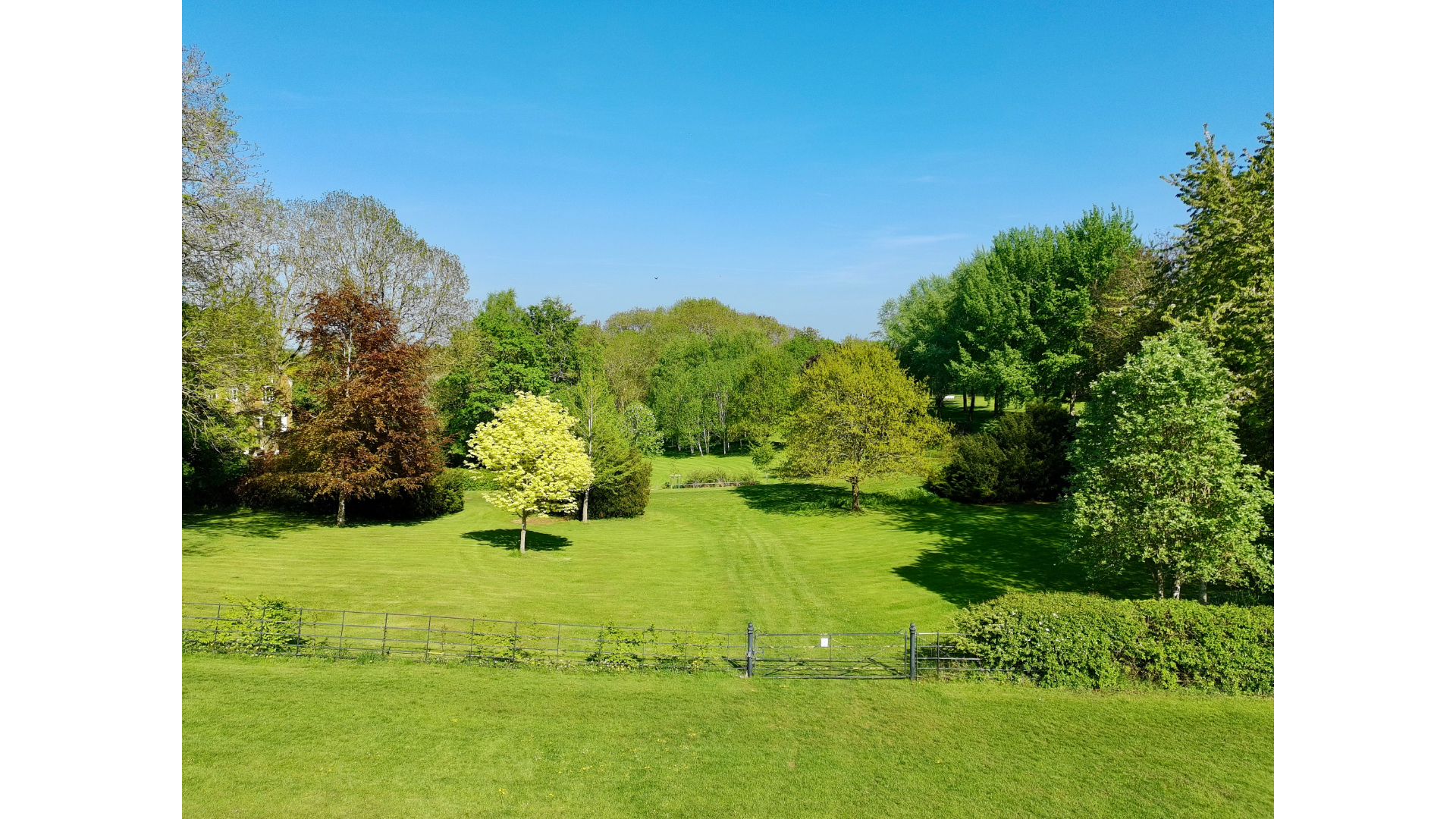
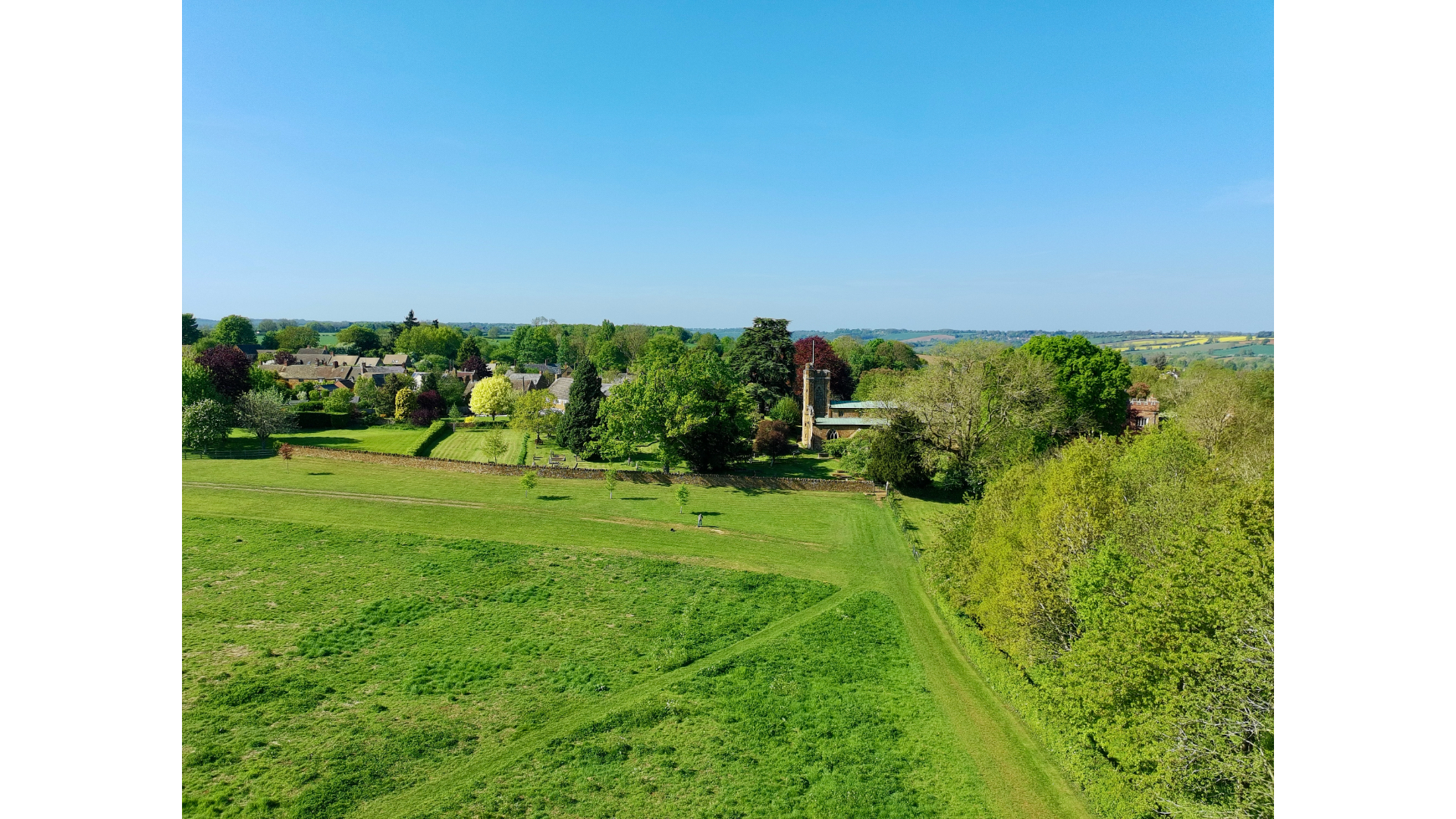
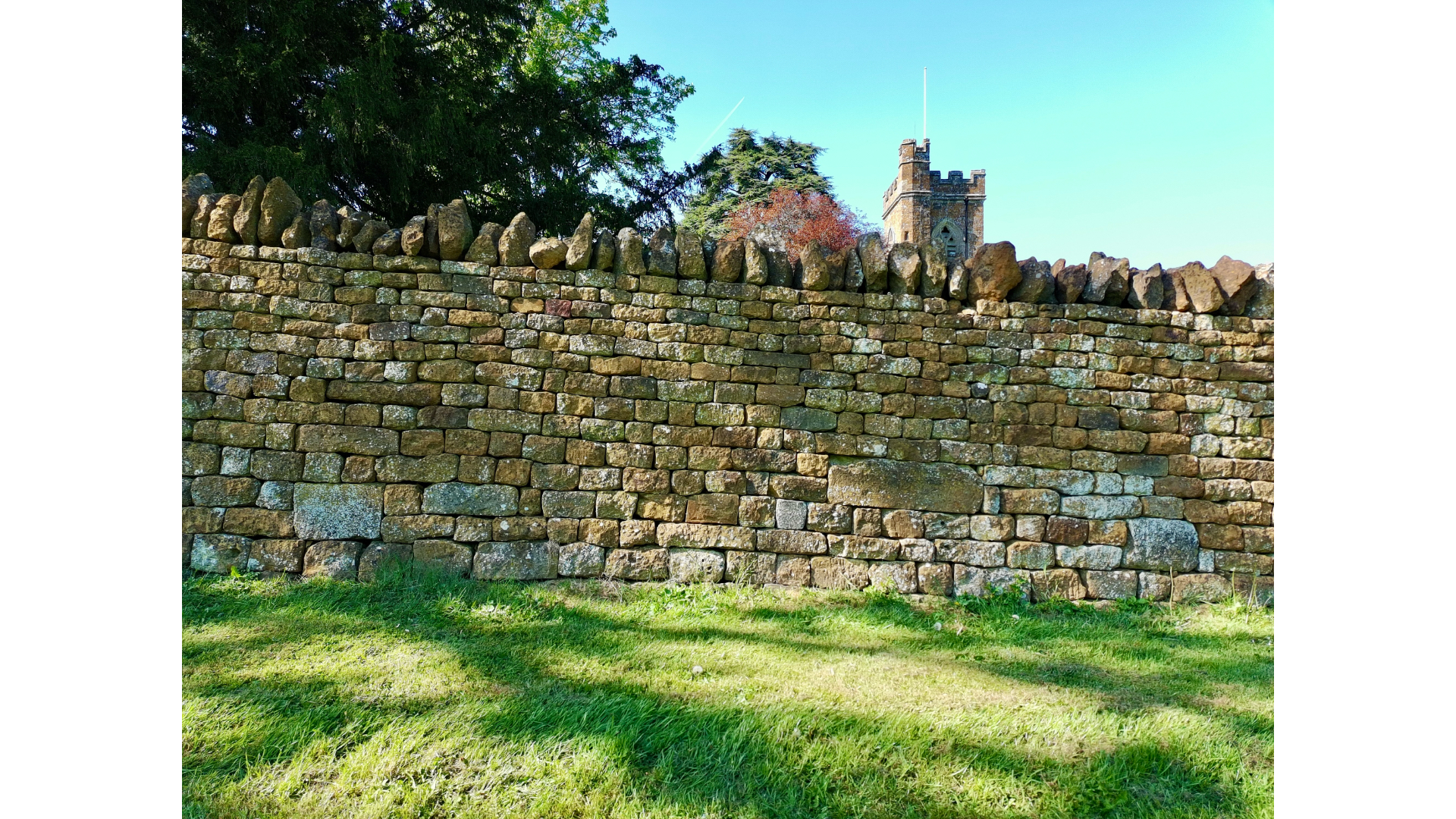
Finally, for those who like having a zoom option, this model’s camera comes with 4x digital zoom, though it does jitter a bit if you use the zoom while shooting video. Likewise, image quality obviously degrades the further you push it. I did, however, have a bit of fun creating a dolly zoom effect with it, which can can see in the video above.
In a stroke of minor underachievement, I should also mention that the Atom 2 isn’t equipped with onboard image storage so you’ll need to purchase a MicroSD card. And don’t leave it at home or you’ll be stuffed.
Potensic Eve app
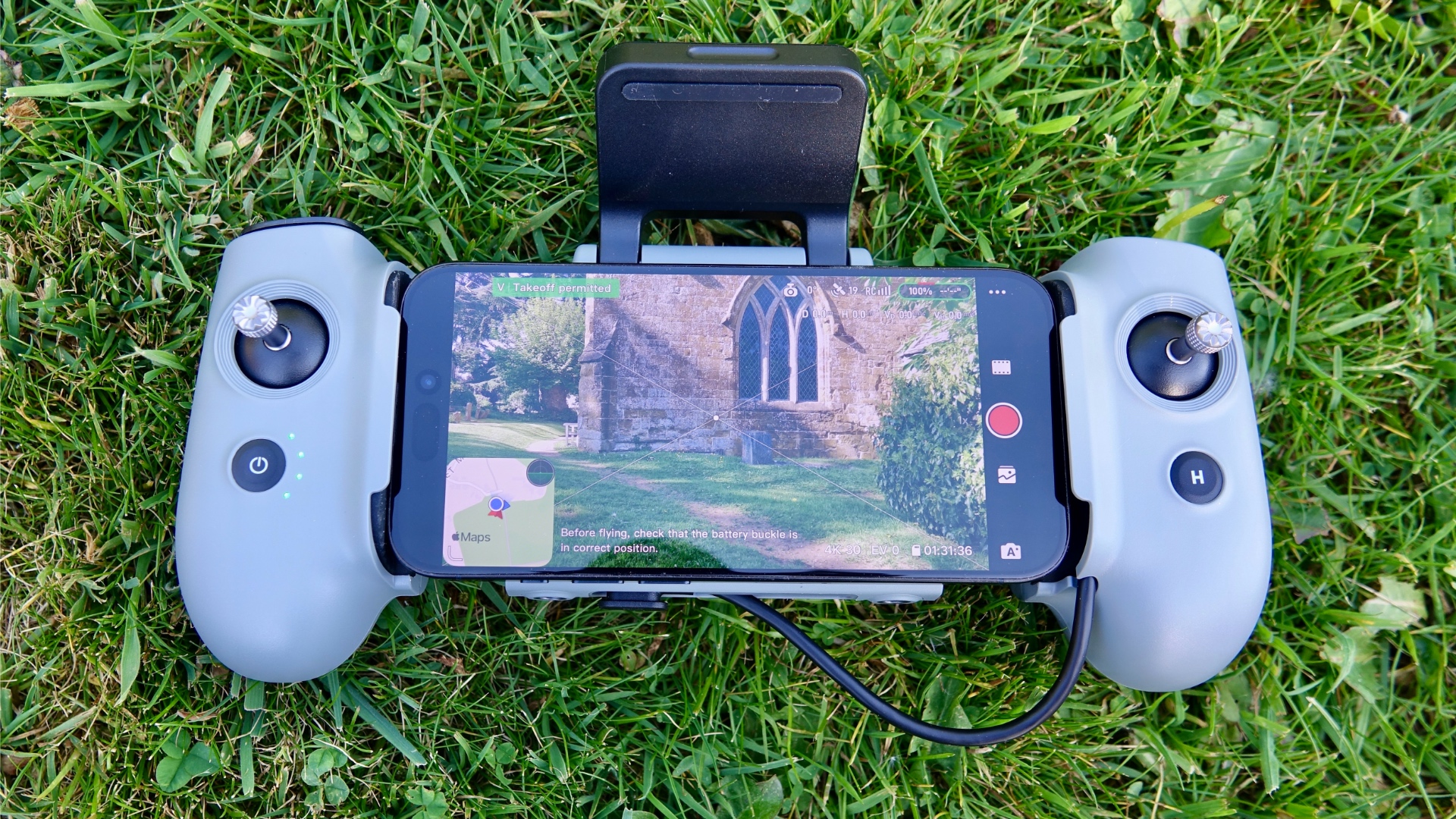
The entire Potensic Eve app is very reminiscent of DJI’s Fly app, even down to the placement of its icons and the way the sub menus are constructed. The app provides the wherewithal to dive into a myriad of settings, from video and camera resolutions to its decent range of Quick Shots. Granted, the app doesn’t offer as many customisation options as the DJI Fly app but it’s good for most users.
Like so many drones today, you get a decent tranche of Quick Shots here which you can see in the accompanying video above. Simply draw a square or rectangle around the subject you wish to shoot and select the Quick Shot of choice. Aside from the usual Circle, Pull Away, Spiral, Boomerang and AI enhanced subject tracking, this model’s digital zoom also comes into play when selecting the Dolly Zoom function.
Dolly zoom is a striking video effect where the central subject being shot remains the same size in the frame as the background appears to loom large behind it. Alfred Hitchcock was the first to use it in his film ‘Vertigo’ but you can also see a striking reverse version of dolly zoom in Spielberg’s ‘Jaws’ when Roy Scheider’s police chief thinks he sees a shark in the water while sitting on a deckchair. I don’t recall seeing a dolly zoom function like this applied to any drone since the Parrot Anafi, but correct me if I’m wrong.
Verdict
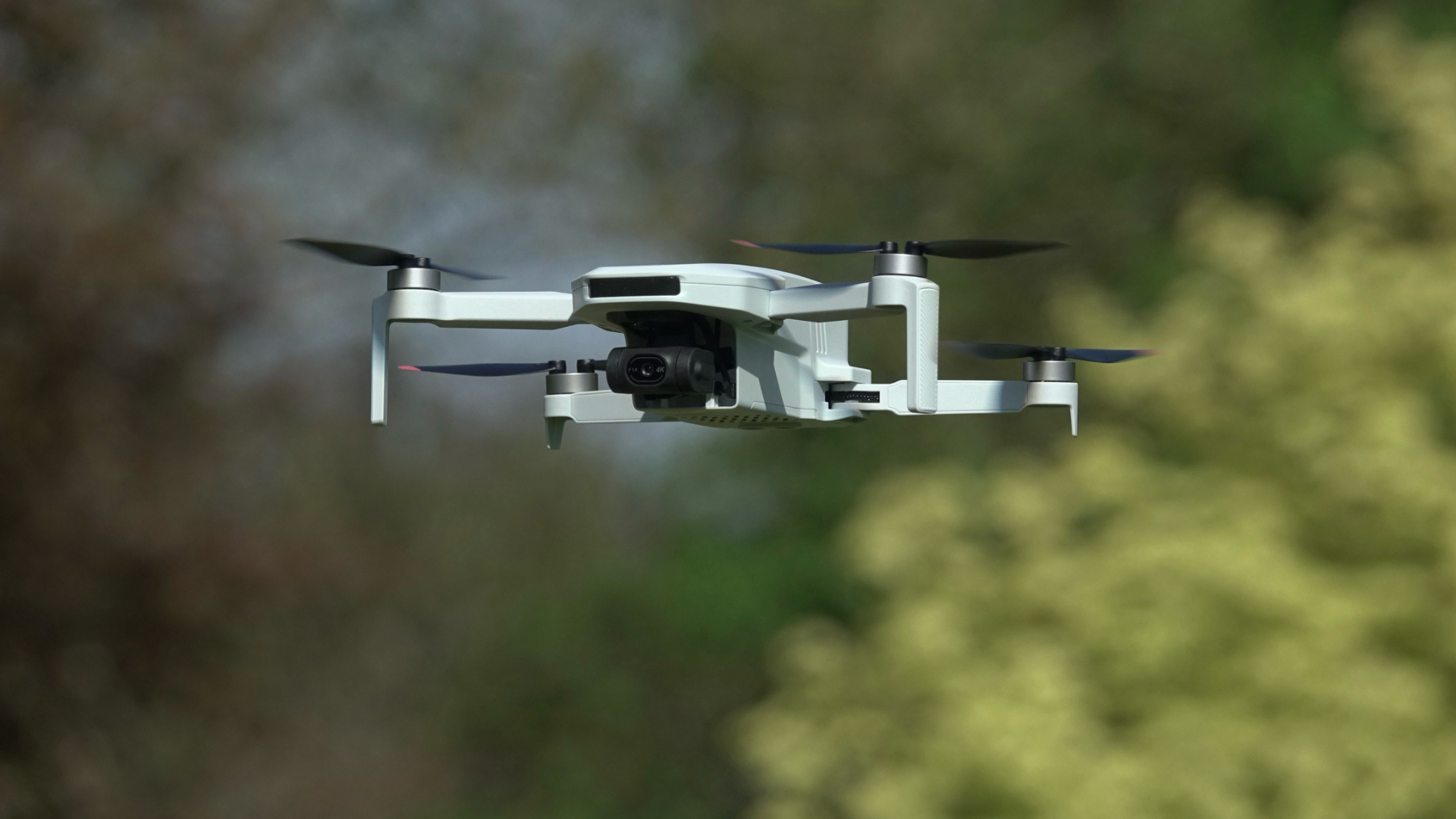
The Potensic Atom 2 is a great-value beginner drone with decent 4K video, rock-steady flight and a gaggle of intelligent autonomous modes. Its compact, sub-250g design makes it ideal for both newbies and casual creators seeking decent quality without breaking the bank or most of the CAA's restrictive drone regulations. And while it lacks obstacle avoidance, its overall performance and features still make it a strong DJI alternative.
Also consider
While the Potensic Atom 2 is very well priced for what it provides, there are still some viable alternatives out there, all from the house of DJI. Let’s take a closer look.
DJI Neo: The Neo is available for as low at £149 and also sports a 4K camera with a similar 1/2 inch sensor. While not as fully formed as the Atom 2, the Neo can at least be launched from the hand and it will follow you like a sheep, making it a brilliant low-cost aerial camera for personal use.
DJI Flip: We think the Flip is still ‘the ultimate beginner drone with pro-level performance’ – and for just £70 more than the Standard Atom 2 package. This little aerial maestro features a better camera than the Atom 2 while boasting a smorgasbord of similar autonomous flight modes.
DJI Mini 4K: This drone comes with a bigger 4K sensor than the Atom 2 and is arguably its closest rival. Barring the dolly zoom function, the Mini 4K does everything the Atom 2 does but comes with DJI’s renowned rocksteady reliability.
Derek (aka Delbert, Delvis, Delphinium, Delboy etc) specialises in home and outdoor wares, from coffee machines, white appliances and vacs to drones, garden gear and BBQs. He has been writing for more years than anyone can remember, starting at the legendary Time Out magazine – the original, London version – on a typewriter! He now writes for T3 between playing drums with his bandmates in Red Box (redboxmusic).
You must confirm your public display name before commenting
Please logout and then login again, you will then be prompted to enter your display name.

